Home>Garden Essentials>How Long Does It Take For Lettuce To Grow From Seed
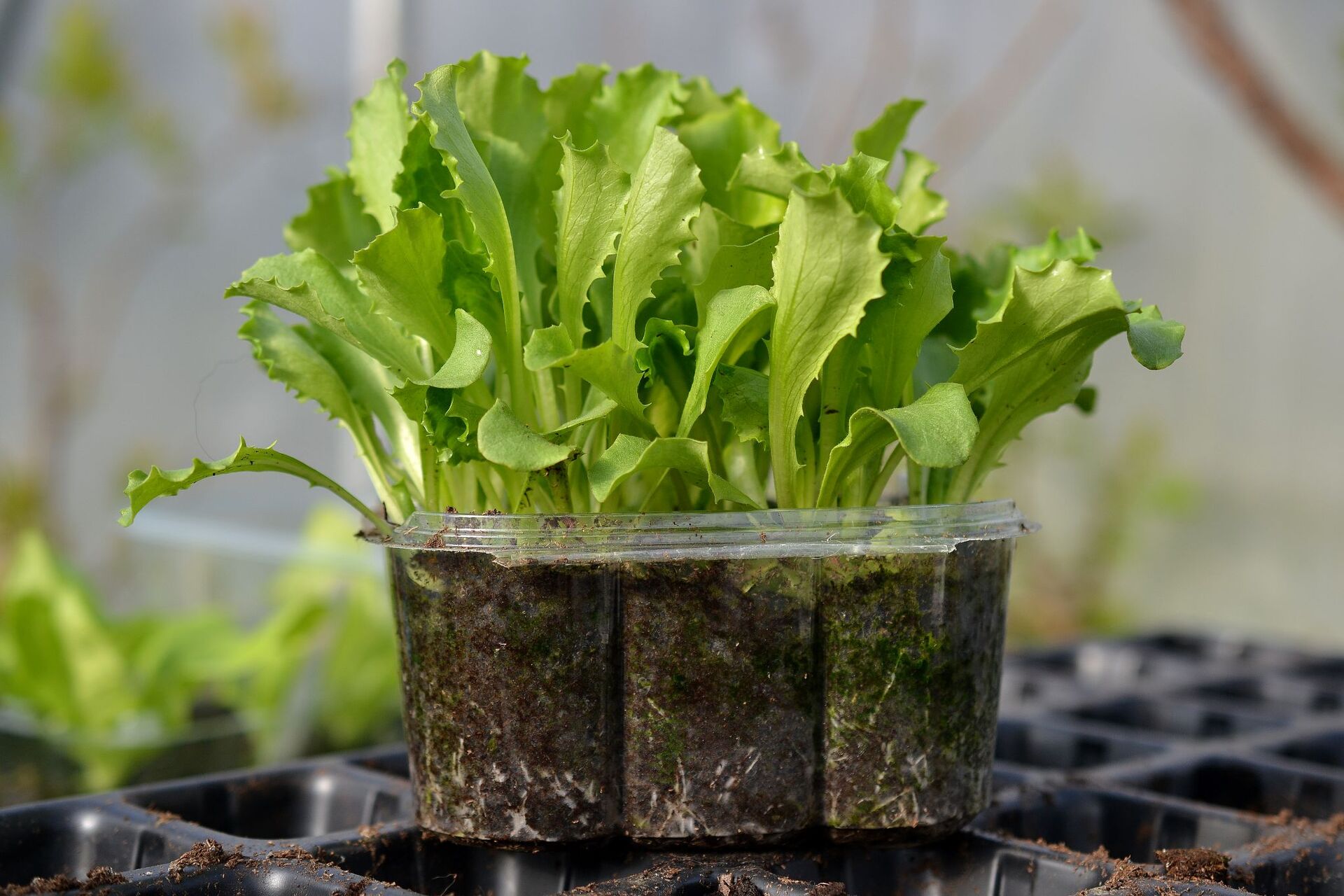

Garden Essentials
How Long Does It Take For Lettuce To Grow From Seed
Modified: August 27, 2024
Discover how long it takes for lettuce to grow from seed in your garden. Learn tips and techniques for a successful lettuce harvest.
(Many of the links in this article redirect to a specific reviewed product. Your purchase of these products through affiliate links helps to generate commission for Storables.com, at no extra cost. Learn more)
Introduction
Growing lettuce from seed is a rewarding endeavor that allows you to enjoy fresh and nutritious greens right from your own garden. Whether you are a beginner or a seasoned gardener, understanding the process of lettuce growth can help you achieve successful results. From seed germination to harvesting, there are several factors to consider along the way.
In this article, we will explore the various stages of lettuce growth and the factors that influence its development. By the end, you will have a comprehensive understanding of how long it takes for lettuce to grow from seed and the essential steps to ensure a thriving lettuce crop.
So let’s dig in and discover the fascinating journey of lettuce growth!
Key Takeaways:
- Lettuce needs the right temperature, light, soil, and water to grow. Factors like spacing, nutrition, and pest control also affect its growth. By understanding and managing these factors, you can ensure healthy lettuce plants.
- Harvesting lettuce depends on the type you’re growing. You can harvest leaf lettuce by cutting outer leaves, while romaine and iceberg lettuce can be harvested as heads. Enjoy the process and share your homegrown lettuce with others!
Read more: How Long Does It Take Lettuce To Germinate?
Factors Affecting Lettuce Growth
Lettuce growth is influenced by several factors, each playing a significant role in determining how long it takes for lettuce to grow from seed. Understanding these factors can help you create an optimal environment for your lettuce plants and maximize their growth potential. Let’s take a closer look at some of the key factors:
- Temperature: Lettuce is a cool-season crop that thrives in temperatures between 45°F and 75°F (7°C-24°C). Extreme cold or heat can negatively impact lettuce growth, causing bolting (premature flowering) or stunted growth. It’s important to choose the right time to sow lettuce seeds, and provide adequate protection or shade during hot weather.
- Light: Lettuce requires sufficient light for photosynthesis to occur. While it can tolerate some shade, it performs best in full sun or partial shade. Inadequate light can result in weak and leggy plants, while too much sun can lead to leaf burn. Make sure to provide your lettuce plants with the appropriate amount of sunlight based on their specific variety.
- Soil Quality: Well-draining soil is essential for lettuce growth. Loose and fertile soil allows for proper root development and prevents waterlogged conditions. Prior to planting, amend the soil with organic matter to improve its texture and nutrient content. A pH level between 6.0 and 7.0 is ideal for optimum lettuce growth.
- Watering: Adequate and consistent moisture is crucial for lettuce growth. Keep the soil evenly moist but avoid overwatering, as this can lead to rot or fungal diseases. Water lettuce plants deeply, especially during dry spells, and provide mulch to retain moisture and prevent weed growth.
- Spacing: Proper spacing allows lettuce plants to receive adequate air circulation and light, which promotes healthy growth and reduces the risk of disease. Follow the recommended spacing guidelines for the specific lettuce variety you are growing.
- Nutrition: Lettuce plants require a balanced supply of nutrients for optimal growth. Incorporate a slow-release fertilizer into the soil before planting, or apply a liquid fertilizer during the growing season. Avoid excessive application of nitrogen as it can result in excessive leaf growth and poor head formation.
- Pest and Disease Management: Common pests like aphids, slugs, and snails can damage lettuce plants, while diseases like powdery mildew and lettuce downy mildew can hinder growth. Monitor your plants regularly, practice good sanitation, and consider using organic pest control methods to prevent and manage these issues.
By taking these factors into consideration and creating an optimal growing environment, you can ensure healthy lettuce growth and a bountiful harvest.
Seed Germination
Seed germination is the first and crucial stage in lettuce growth. Proper seed germination sets the foundation for healthy plant development. Let’s dive into the process of lettuce seed germination:
1. Seed Selection: Start by choosing high-quality lettuce seeds from a reputable source. Look for seeds that are fresh and within their expiration date.
2. Pre-Soaking (Optional): Some gardeners opt to pre-soak lettuce seeds in water for several hours before planting. This can help soften the seed coat and promote faster germination.
3. Germination Medium: Fill a seed tray or small pots with a sterile germination medium such as seed-starting mix. Moisten the medium before sowing the seeds.
4. Sowing Seeds: Plant the lettuce seeds at a depth of approximately ¼ inch. Space them out according to the recommended spacing for the specific lettuce variety.
5. Moisture and Temperature: To ensure successful germination, maintain consistently moist soil by misting or gently watering the seeds. Maintain the temperature between 60°F and 70°F (15°C-21°C), which is optimal for lettuce seed germination.
6. Germination Period: Lettuce seeds typically germinate within 7 to 14 days under optimal conditions. However, germination time can vary based on factors such as seed quality, temperature, and lettuce variety.
7. Thin Out Seedlings: Once the lettuce seedlings have developed their first set of true leaves, thin them out to provide adequate space for each plant to grow and thrive. Remove the weaker seedlings, leaving only one plant every few inches.
Remember to keep the soil moist but not overly wet during the germination process. Avoid overwatering, as it can lead to damping-off disease or root rot.
By following these steps and providing the right conditions, you can ensure successful lettuce seed germination and a strong start to your lettuce garden.
Preparing the Soil
Preparing the soil is a critical step in growing healthy lettuce plants. Well-prepared soil provides the necessary nutrients and ensures optimal root development. Here’s how to prepare the soil for your lettuce garden:
1. Clear the Area: Start by clearing the area of any weeds, rocks, or debris. This will create a clean space for your lettuce plants to grow without competition.
2. Loosen the Soil: Use a garden fork or a tiller to loosen the soil to a depth of about 8 to 10 inches. This improves aeration, drainage, and allows the lettuce roots to grow easily.
3. Remove Large Clumps: Break up any large clumps of soil with a rake or by hand. Smoothing out the soil surface will make it easier to sow the lettuce seeds and provide a uniform growing environment.
4. Add Organic Matter: Incorporate organic matter, such as compost or well-rotted manure, into the soil. This enriches the soil with nutrients, improves its structure, and enhances water retention.
5. Test Soil pH: It’s beneficial to test the soil pH level before planting lettuce. A pH level between 6.0 and 7.0 is ideal for lettuce growth. If the pH is too acidic, you can add lime to raise it, or if it’s too alkaline, you can amend with sulfur to lower it.
6. Smooth and Level the Soil: Use a rake to smooth and level the soil surface. This will create an even planting bed for your lettuce seeds and facilitate uniform growth.
Remember, lettuce prefers well-draining soil, so avoid compacting the soil during the preparation process. Additionally, it’s a good practice to conduct a soil test to determine the nutrient content and make any necessary amendments based on the results.
By properly preparing the soil, you provide a fertile and supportive environment for your lettuce plants, setting them up for success as they develop and grow.
Planting Lettuce Seeds
Now that you have prepared the soil, it’s time to sow your lettuce seeds. The proper planting technique will ensure successful germination and healthy plant growth. Here’s how to plant lettuce seeds:
1. Timing: Choose the ideal time to plant lettuce seeds based on your climate and the variety of lettuce you are growing. Lettuce is a cool-season crop and performs best when planted in early spring or fall when temperatures are not too hot.
2. Spacing: Follow the recommended spacing guidelines for the specific lettuce variety you are growing. Typically, lettuce plants should be spaced 6 to 12 inches apart, depending on their mature size.
3. Planting Depth: Plant the lettuce seeds at a depth of approximately ¼ inch. Gently press the soil over the seeds to ensure good seed-to-soil contact.
4. Row Planting: If you are planting in rows, make shallow furrows using a finger or a garden tool. Space the furrows according to the recommended spacing for your chosen variety and sow the seeds evenly along the furrow.
5. Broadcast Planting: If you prefer a more random planting style, you can simply scatter the lettuce seeds lightly over the prepared soil surface. Then, lightly rake the soil to cover the seeds.
6. Mulching: Consider applying a thin layer of organic mulch, such as straw or shredded leaves, around the seedlings once they emerge. Mulch helps conserve soil moisture, suppresses weed growth, and moderates soil temperature.
7. Watering: After planting, water the soil gently to ensure adequate moisture for seed germination. Use a fine mist or gentle watering can to avoid dislodging the seeds.
8. Maintenance: As the lettuce seedlings emerge, monitor their growth and thin them out, if necessary, based on the recommended spacing for your variety. Thinning encourages proper air circulation and prevents overcrowding.
Remember to label your lettuce rows or pots to keep track of the varieties you have planted. This will help you identify the different lettuce types as they grow and when it comes time to harvest.
By following these steps, you can plant lettuce seeds with confidence and set the stage for healthy lettuce growth in your garden.
Watering and Irrigation
Proper watering and irrigation play a crucial role in the growth and success of your lettuce plants. Adequate moisture ensures healthy leaf development and prevents issues such as wilting or bolting. Here are some guidelines for watering and irrigation:
1. Watering Frequency: Lettuce plants require consistent moisture, so it’s important to water them regularly. Generally, lettuce plants should be watered every 2 to 3 days, or whenever the top inch of soil feels dry. Adjust the frequency based on weather conditions, as hot and dry periods may require more frequent watering.
2. Watering Method: When watering lettuce plants, it’s best to use a gentle watering method such as a watering can or soaker hose. A fine mist or gentle spray is ideal to avoid damaging the delicate leaves. Avoid overhead watering if possible, as wet foliage can encourage disease development.
3. Deep Watering: To ensure proper hydration, water the lettuce plants deeply, allowing the water to penetrate the root zone. A deep watering encourages the roots to grow deeper into the soil, making the plants more drought-tolerant.
4. Soil Moisture: Monitor the soil moisture levels regularly by feeling the top inch of soil. If it feels dry, it’s time to water. Avoid overwatering, as it can lead to waterlogged soil and root rot. On the other hand, underwatering can cause the lettuce plants to wilt and impact their overall growth.
5. Drip Irrigation: Consider using a drip irrigation system to provide consistent moisture to your lettuce plants. Drip irrigation delivers water directly to the plant roots, minimizing water wastage through evaporation and keeping the foliage dry. This method also helps reduce weed growth.
6. Mulching: Applying a layer of organic mulch, such as straw or shredded leaves, around the lettuce plants can help retain soil moisture and reduce evaporation. Mulch also acts as a barrier against weed growth, keeping the lettuce bed neat and tidy.
Remember that different varieties of lettuce may have slightly different water requirements. Pay attention to the specific needs of the lettuce varieties you are growing and adjust your watering schedule accordingly.
By following these watering and irrigation practices, you can ensure optimal moisture levels for your lettuce plants, leading to healthy growth and abundant harvests.
Lettuce typically takes 7-10 days to germinate from seed. Once germinated, it takes about 30-45 days for leaf lettuce to reach maturity, while head lettuce can take 55-70 days. Keep the soil consistently moist and provide plenty of sunlight for best results.
Fertilizing the Soil
Fertilizing the soil is essential to provide your lettuce plants with the necessary nutrients for healthy growth and development. While lettuce is a relatively low-maintenance crop, it benefits from a balanced supply of nutrients. Here’s a guide to fertilizing the soil for your lettuce garden:
1. Soil Testing: Before applying any fertilizer, it’s recommended to conduct a soil test. A soil test will help determine the nutrient levels and pH of your soil, allowing you to make informed decisions about the type and amount of fertilizer to apply.
2. Organic Matter: Incorporate a generous amount of organic matter, such as compost or well-rotted manure, into the soil before planting. Organic matter not only enriches the soil with nutrients but also improves its structure and water retention.
3. Slow-Release Fertilizer: Prior to planting, you can apply a slow-release organic fertilizer according to the manufacturer’s instructions. Slow-release fertilizers provide a steady supply of nutrients over an extended period, promoting even growth and reducing the risk of nutrient burn.
4. Side-Dressing: As your lettuce plants grow, you can supplement their nutrient intake by side-dressing with additional fertilizers. Sprinkle a balanced granular fertilizer around the base of each plant, avoiding direct contact with the leaves.
5. Nitrogen: Lettuce plants have a high demand for nitrogen, which promotes leafy growth. However, excessive nitrogen can result in lush foliage and smaller heads. It’s important to strike a balance. Use a nitrogen-rich fertilizer early in the growing season, then switch to a balanced or lower nitrogen fertilizer as the plants mature.
6. Liquid Fertilizer: Consider using a liquid fertilizer, such as fish emulsion or seaweed extract, as a foliar spray. This can provide a quick boost of nutrients and be absorbed directly by the leaves, promoting faster growth and healthier plants.
7. Frequency: How often you fertilize will depend on the soil conditions and the specific fertilizer you are using. Follow the instructions provided by the manufacturer. Over-fertilizing can lead to nutrient imbalances and can negatively impact the quality of your lettuce crop.
Remember, each lettuce variety may have slightly different nutrient requirements. Observing the appearance and growth of your plants will help you determine if they need additional fertilization.
By providing your lettuce plants with the appropriate nutrients, you will encourage vigorous growth, strong leaf development, and ultimately, a fruitful harvest.
Controlling Weeds
Weeds can compete with your lettuce plants for essential nutrients, water, and sunlight. Therefore, it’s important to implement effective weed control measures to ensure optimal growth and yield. Here are some strategies for controlling weeds in your lettuce garden:
1. Mulching: Apply a layer of organic mulch, such as straw, wood chips, or grass clippings, around the base of your lettuce plants. Mulch helps suppress weed growth by blocking sunlight and preventing weed seeds from germinating. Ensure that the mulch layer is thick enough to inhibit weed penetration without smothering the lettuce plants.
2. Hand Weeding: Regularly inspect your lettuce beds and remove any weeds by hand. Be careful not to disturb the lettuce plants while pulling out the weeds. It’s best to weed when the soil is slightly moist, as it will be easier to uproot the weeds without causing damage.
3. Hoeing: Use a hoe to cultivate the soil around your lettuce plants, cutting off weed seedlings just below the surface. Hoeing should be done gently to avoid damaging the lettuce roots. This method is particularly effective for larger areas where hand weeding might be time-consuming.
4. Weed Barrier: Consider using a weed barrier fabric or cardboard sheets around your lettuce plants. These materials create a physical barrier that prevents weed growth while still allowing water and nutrients to reach the lettuce roots. Make sure to secure the barrier properly and cut holes for the lettuce plants to grow through.
5. Weed Control Products: If needed, you can use organic weed control products, such as vinegar or corn gluten meal, to suppress weed growth. These products act as natural herbicides and can be applied directly to the weed foliage. Nevertheless, always follow the instructions and use caution when applying any weed control products.
6. Preventative Measures: Regularly monitor your garden for signs of weeds and take preventative measures to minimize their presence. This includes cleaning garden tools to avoid spreading weed seeds, using clean soil and compost, and selecting weed-free transplants or seeds.
Consistent weed control throughout the growing season is crucial to prevent weeds from overpowering your lettuce and negatively affecting its growth. Implementing these strategies will help keep your lettuce beds free from weeds, ensuring your plants have the best chance to thrive.
Pests and Diseases
Like any other plants, lettuce is susceptible to pests and diseases that can hinder its growth and overall health. By staying vigilant and implementing proper pest and disease management strategies, you can protect your lettuce plants and ensure a successful harvest. Here are some common pests and diseases to watch out for:
Pests:
1. Aphids: Aphids are tiny insects that feed on the sap of lettuce plants, causing stunted growth and deformed leaves. Use insecticidal soap or a strong stream of water to wash off aphids from leaves. You can also introduce beneficial insects like ladybugs to control aphid populations.
2. Slugs and Snails: These slimy creatures feed on lettuce leaves and can cause extensive damage. Handpicking, creating barriers with copper tape, or using beer traps can help control slug and snail populations.
3. Cutworms: These larvae of night-flying moths chew on lettuce stems at the soil level, causing plants to wilt and die. Protect young lettuce seedlings by placing collars made of cardboard or plastic around the stems.
Diseases:
1. Powdery Mildew: Powdery mildew appears as a white, powdery coating on the leaves, causing them to yellow and distort. Improving air circulation, avoiding overhead watering, and applying fungicidal sprays can help manage powdery mildew.
2. Lettuce Downy Mildew: Downy mildew causes yellow patches on the upper surface of lettuce leaves, accompanied by a grayish-white fuzzy growth on the underside. Planting resistant lettuce varieties and providing adequate spacing to promote air circulation can help prevent this disease.
3. Fusarium Wilt: Fusarium wilt is a soil-borne disease that causes yellowing and wilting of lettuce plants. Rotate crops, practice good sanitation, and ensure proper soil drainage to minimize the risk of Fusarium wilt.
4. Botrytis Rot: Botrytis rot leads to a grayish-brown rot on lettuce leaves and stems. Avoid overhead watering, thin plants to improve air circulation, and promptly remove and dispose of infected plant parts to control Botrytis rot.
Regularly inspect your lettuce plants for signs of pests and diseases. Early detection allows for prompt action and increases the chances of successful management. Additionally, practicing crop rotation, maintaining overall plant health, and keeping the garden clean can help prevent the occurrence of pests and diseases.
Remember, if the pest or disease infestation becomes overwhelming, you can seek guidance from your local gardening extension or a professional to determine the best course of action.
Harvesting Lettuce
Harvesting lettuce at the right time ensures that you can enjoy tender, flavorful leaves at their peak. Lettuce can be harvested throughout its growth cycle, depending on the type of lettuce and your preference for leafy greens or mature heads. Here are some guidelines for harvesting lettuce:
Leaf Lettuce:
If you are growing leaf lettuce varieties, you can start harvesting the outer leaves as soon as they reach a desirable size. This is called “cut-and-come-again” harvesting. Use a sharp pair of garden scissors or shears to cut the outer leaves about an inch above the base of the plant. Leave the inner leaves and growing point intact to allow the plant to continue producing new leaves. Regular harvesting of outer leaves promotes continuous growth and ensures a steady supply of fresh lettuce.
Romaine and Butterhead Lettuce:
Romaine and butterhead lettuces form loose heads, and you can choose to harvest them as young, tender leaves or wait for the heads to mature. To harvest individual leaves, use the same “cut-and-come-again” method described above. Alternatively, if you prefer mature heads, wait until the heads are well-formed and firm. Gently grasp the head at the base, near the soil level, and twist or cut it off with a sharp knife.
Iceberg Lettuce:
Iceberg lettuce forms tight, compact heads. Wait until the head feels firm and solid before harvesting. To harvest, use a sharp knife to cut the head at the base, just above the soil level. Remove any loose outer leaves and rinse the head thoroughly before use.
Harvesting Tips:
- Harvest lettuce early in the morning when the leaves are crisp and the moisture content is high.
- Wash lettuce leaves gently to remove any soil or debris before consumption.
- Store harvested lettuce in a perforated plastic bag in the refrigerator to maintain freshness. It is best to use lettuce as soon as possible, but it can generally be stored for several days.
- If you have a surplus of lettuce, consider sharing it with friends, neighbors, or local food banks to minimize waste and spread the joy of fresh produce.
Remember, the beauty of growing lettuce is that you can harvest it at various stages depending on your preference. Experiment with different harvesting methods and enjoy the delicious flavors of homegrown lettuce throughout the growing season.
Conclusion
Growing lettuce from seed is a rewarding journey that allows you to nurture and harvest your own fresh, flavorful greens. By understanding the various stages of lettuce growth and implementing proper care, you can ensure successful results in your garden.
From seed germination to harvesting, each step plays a crucial role in the overall development of your lettuce plants. Factors such as temperature, light, soil quality, and water play a significant role in determining how long it takes for lettuce to grow from seed and the overall success of your crop.
Properly preparing the soil, planting lettuce seeds at the right depth, and providing adequate water and nutrients are essential for healthy lettuce growth. Additionally, controlling weeds, addressing pests and diseases, and practicing proper harvesting techniques all contribute to a thriving lettuce garden.
As you embark on your lettuce-growing journey, remember to be observant, adaptable, and enjoy the process. Each variety of lettuce brings its own unique flavors and textures, allowing you to experiment and savor a range of taste sensations.
So roll up your sleeves, prepare your soil, sow those seeds, and watch your lettuce garden flourish. Soon enough, you will be rewarded with bountiful harvests of crisp, green leaves, ready to be enjoyed in a variety of dishes or as refreshing salads.
Happy lettuce growing!
Frequently Asked Questions about How Long Does It Take For Lettuce To Grow From Seed
Was this page helpful?
At Storables.com, we guarantee accurate and reliable information. Our content, validated by Expert Board Contributors, is crafted following stringent Editorial Policies. We're committed to providing you with well-researched, expert-backed insights for all your informational needs.
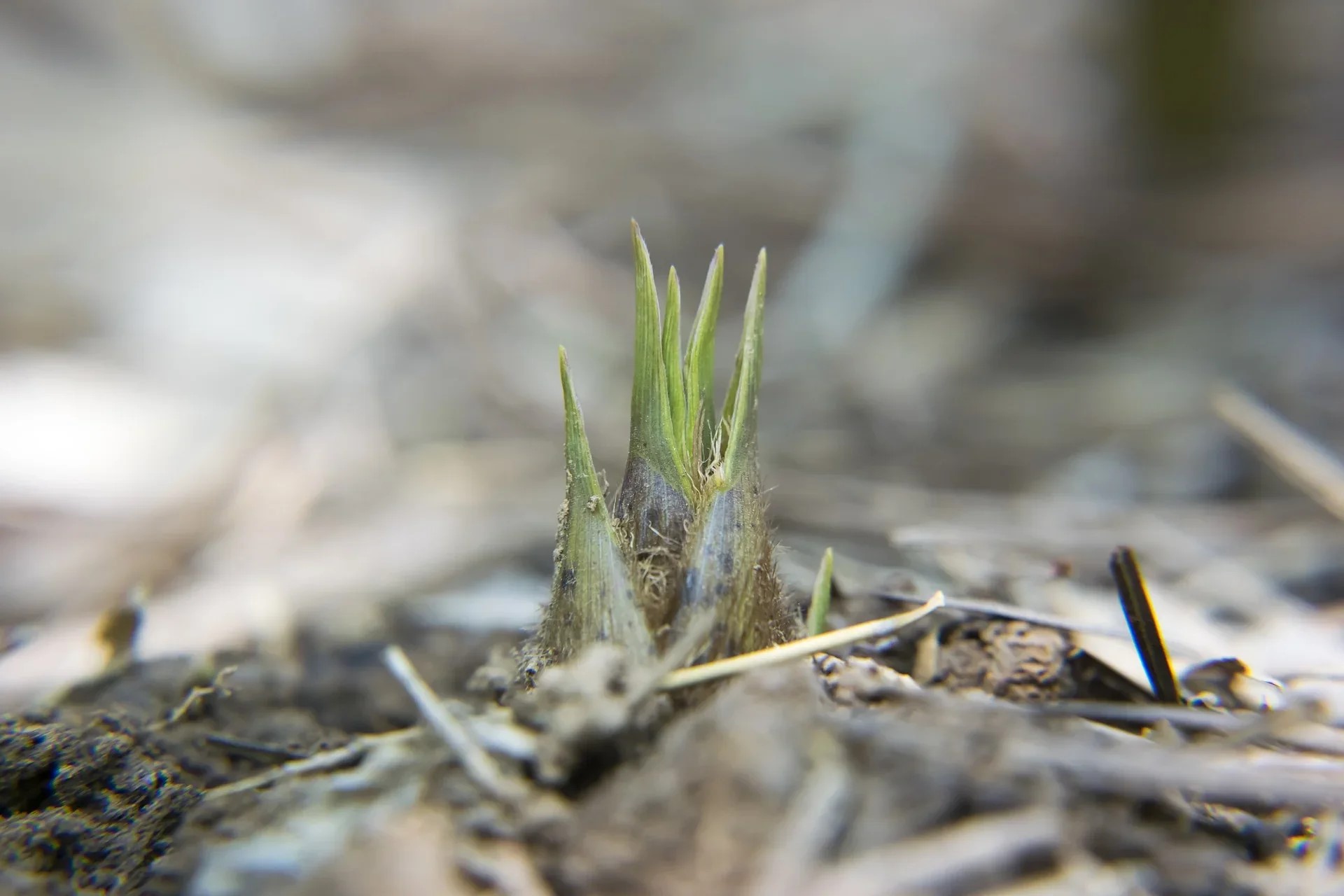
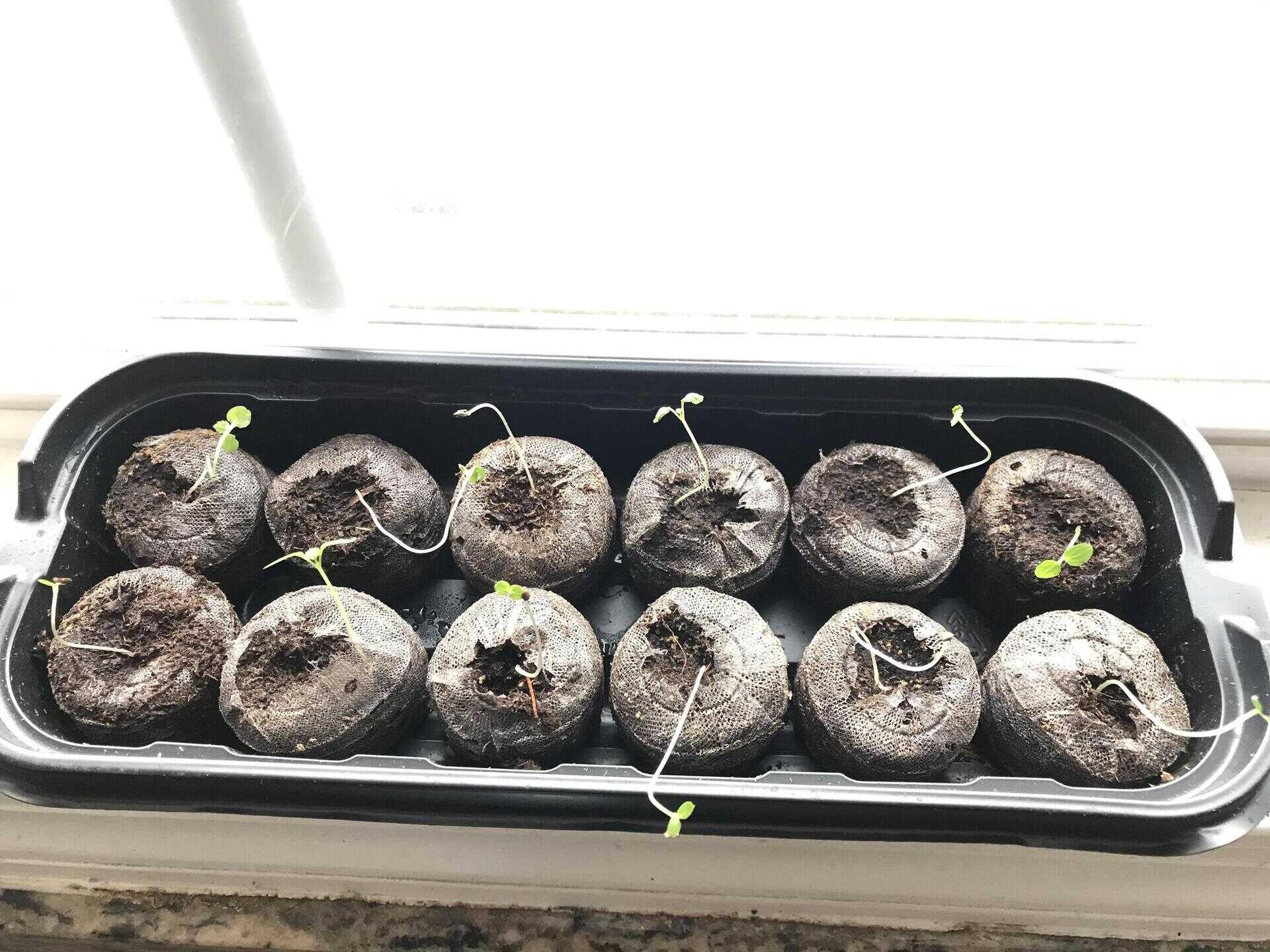
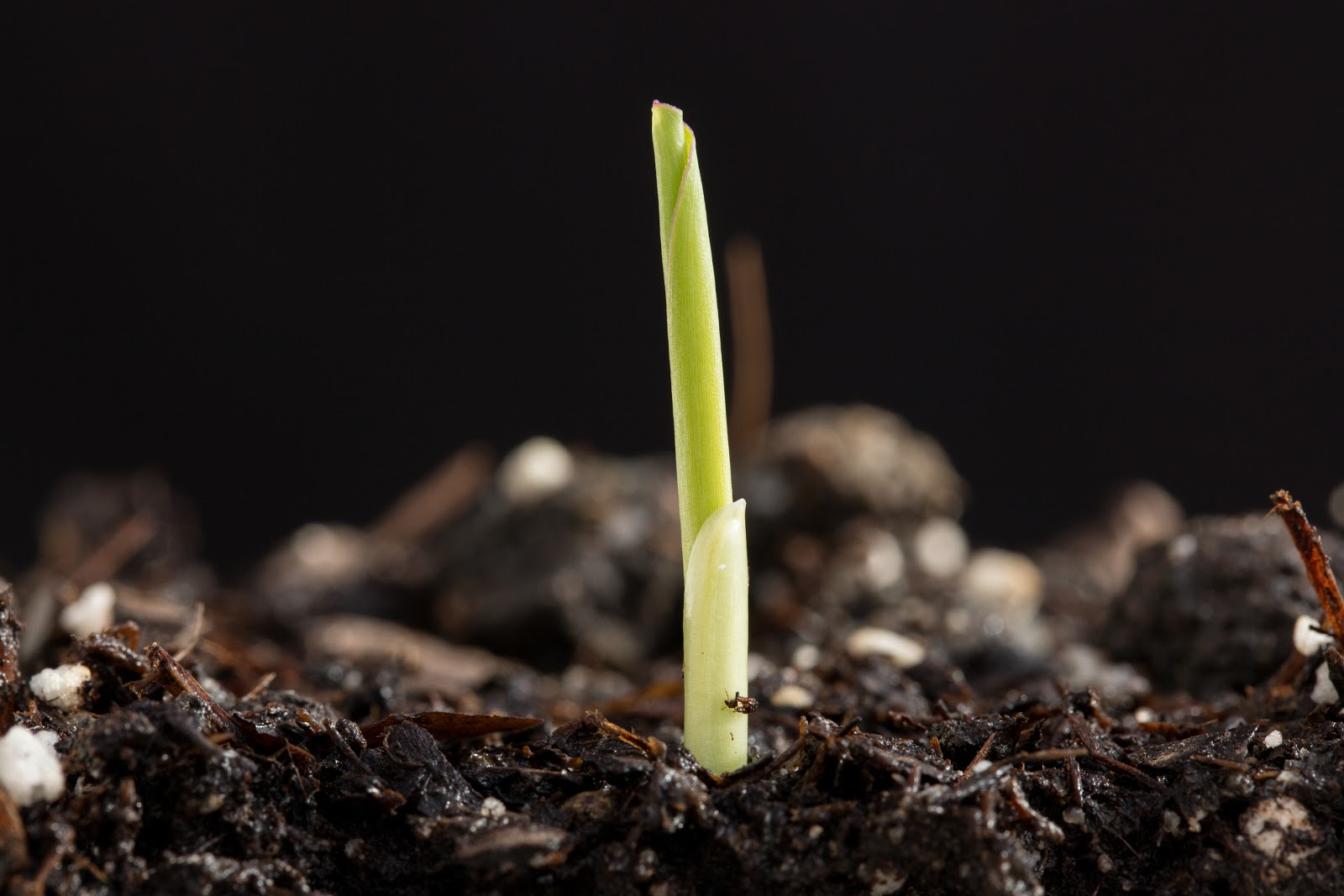
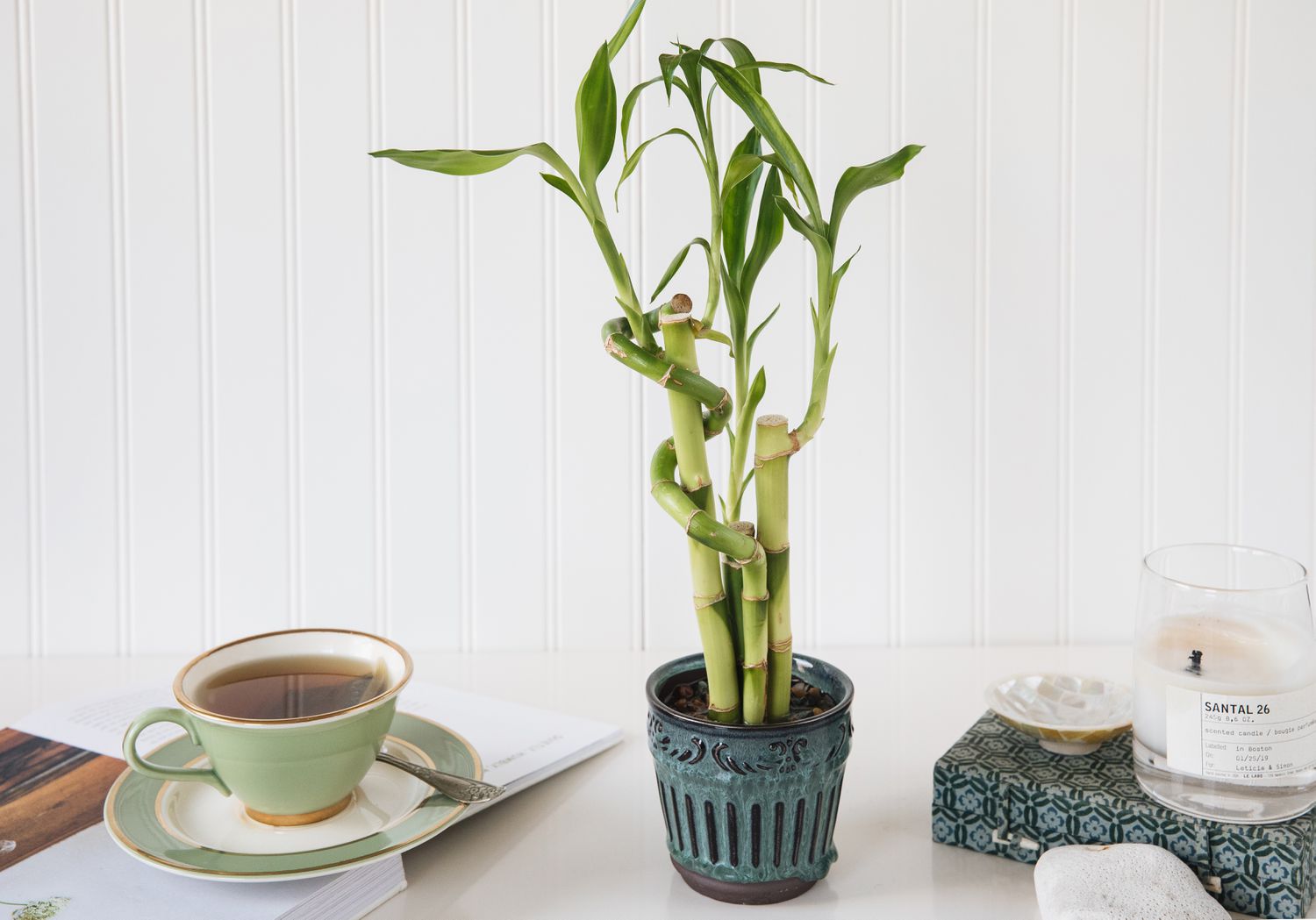
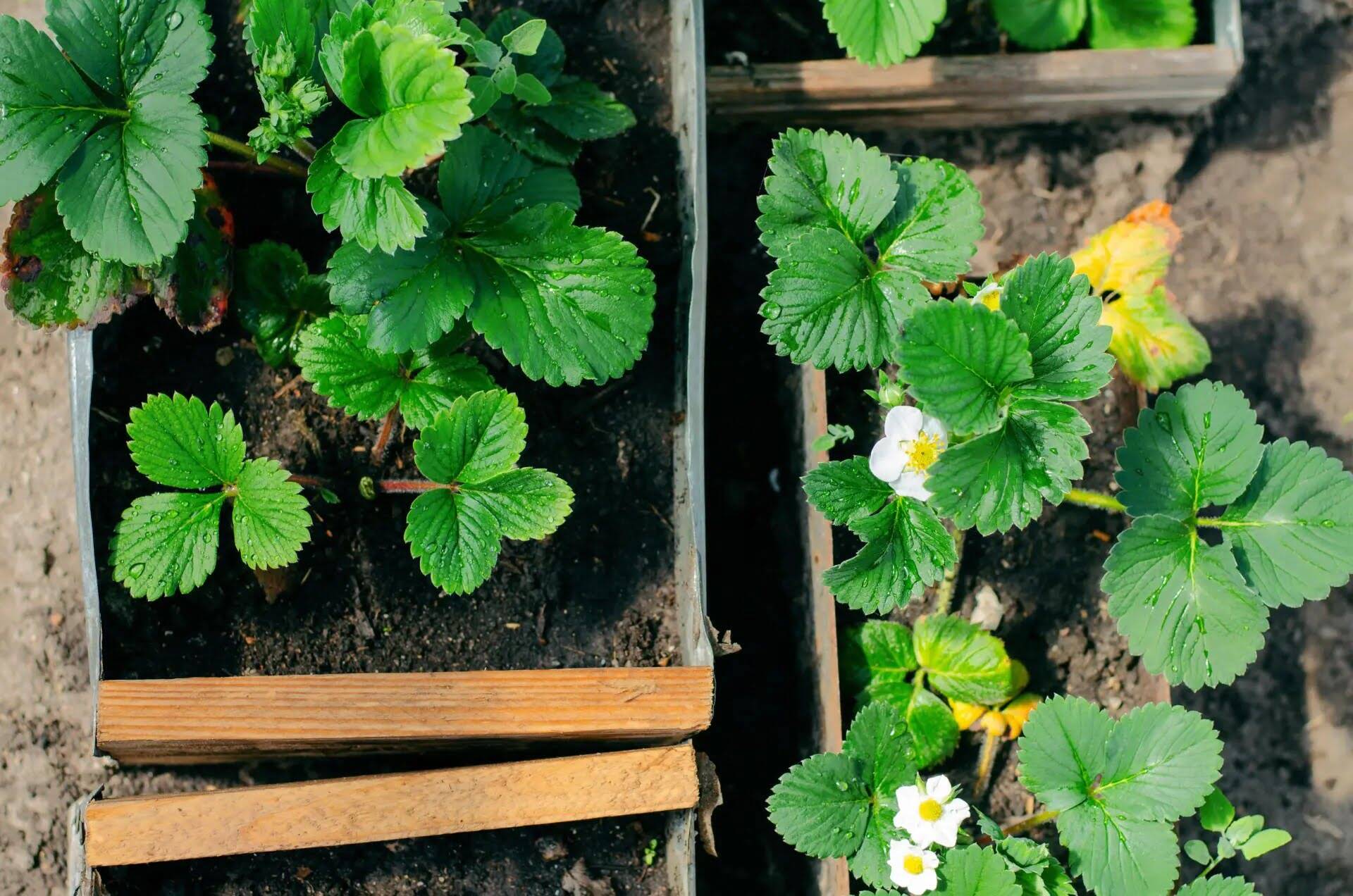
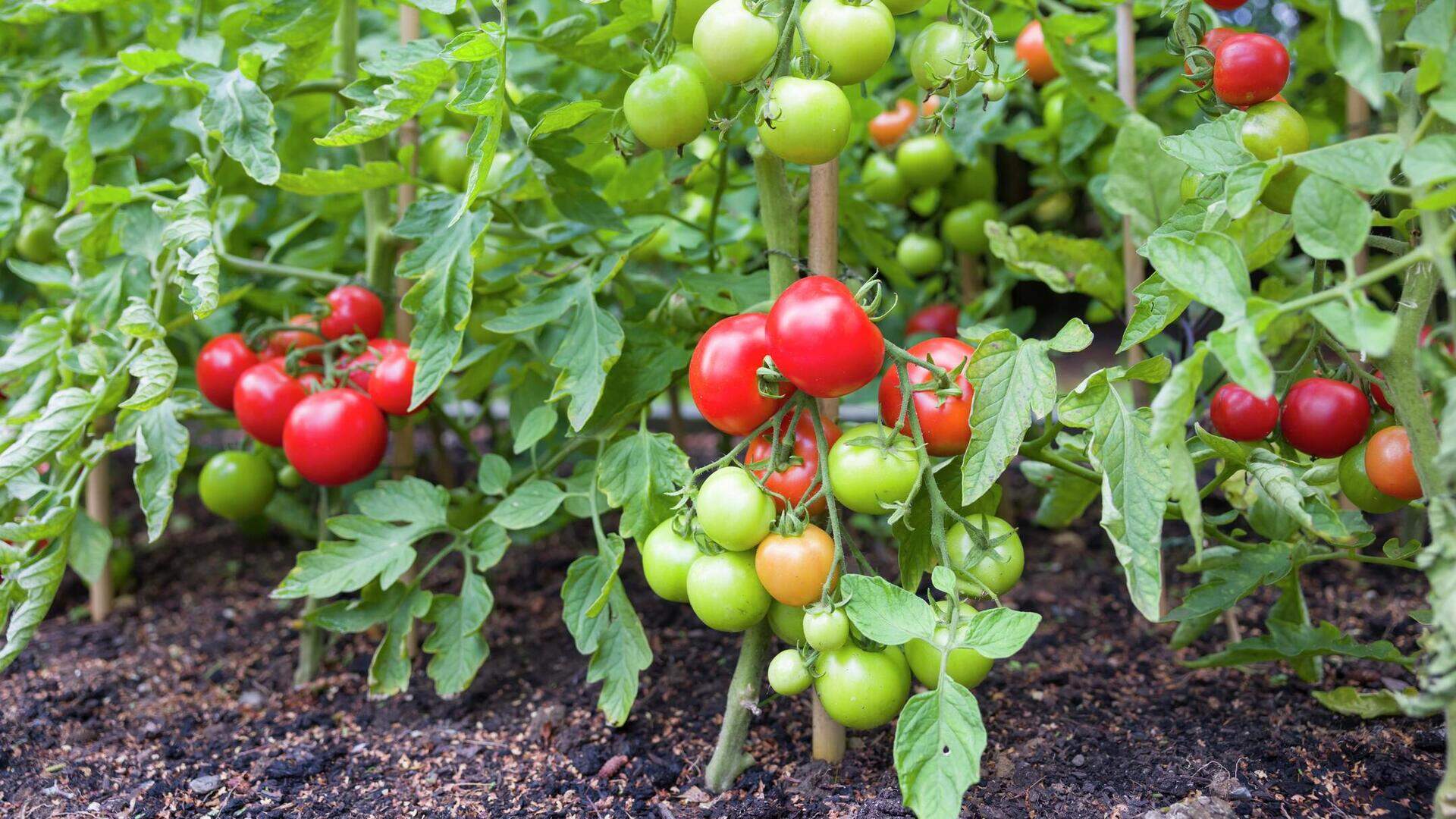
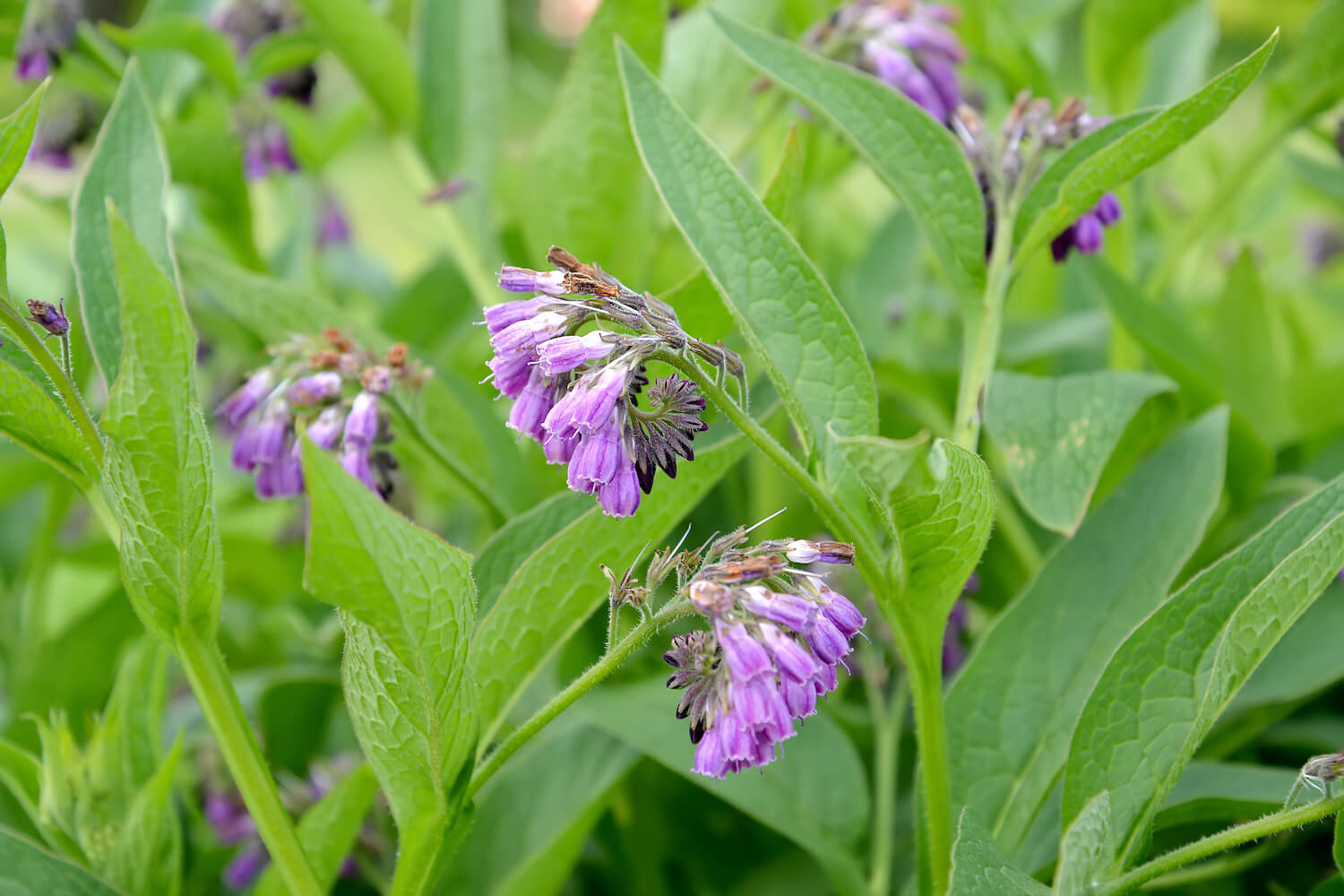
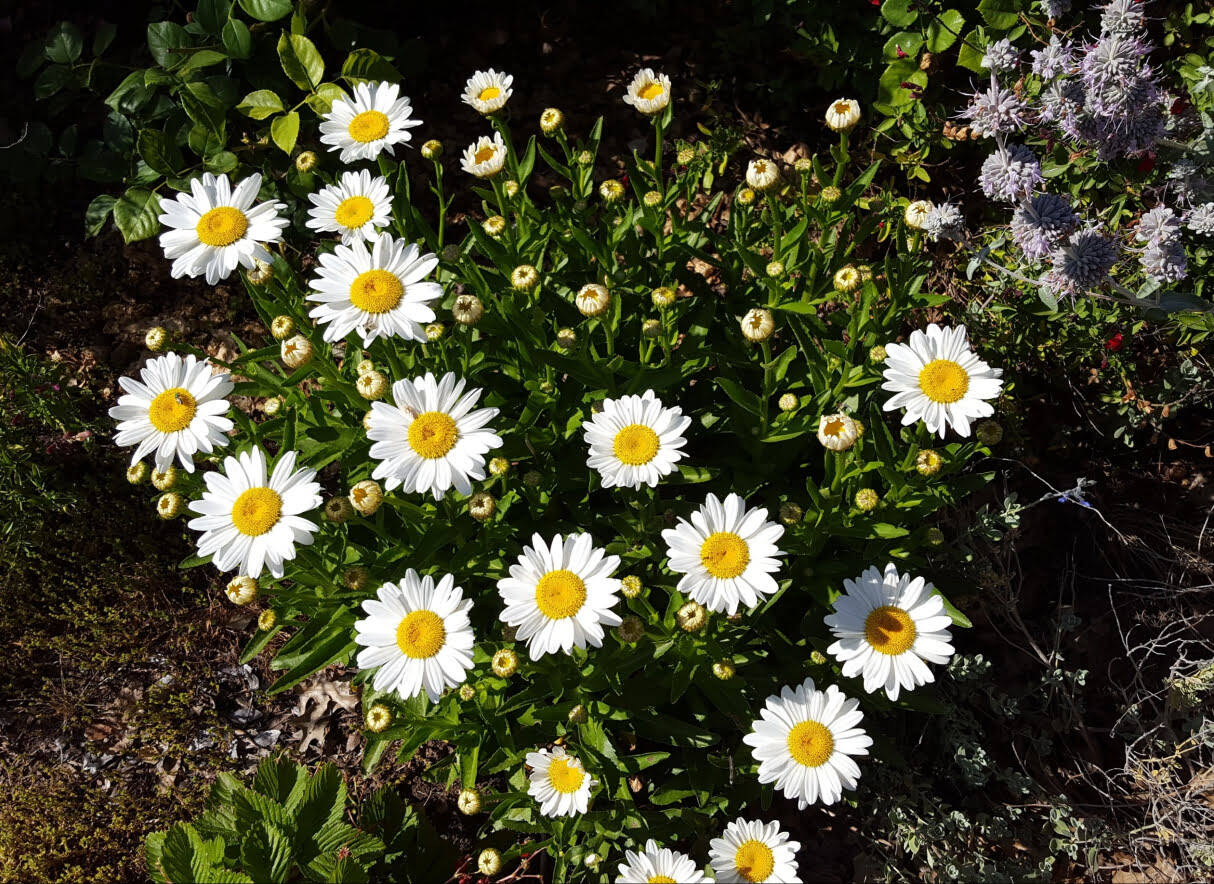
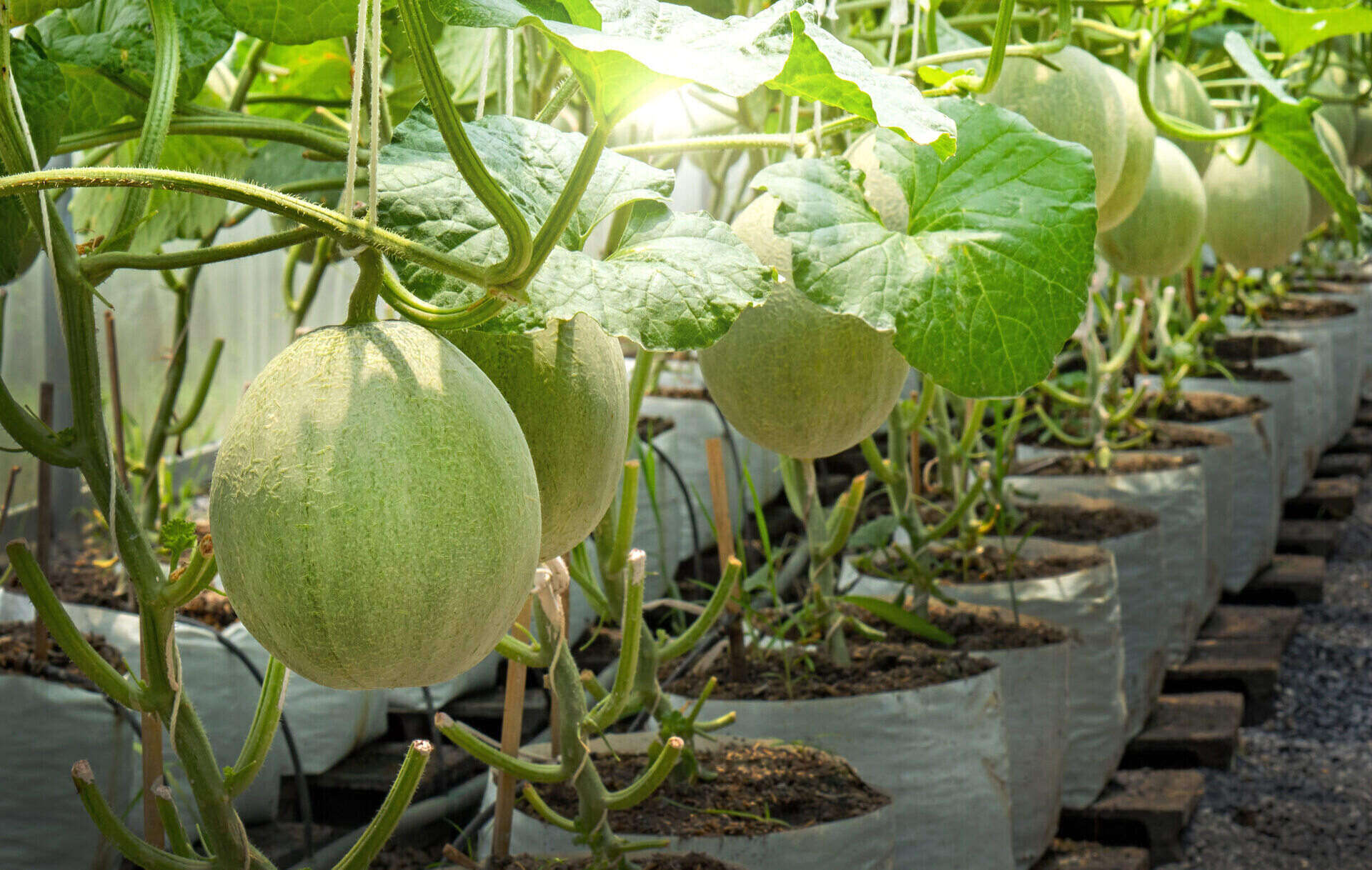
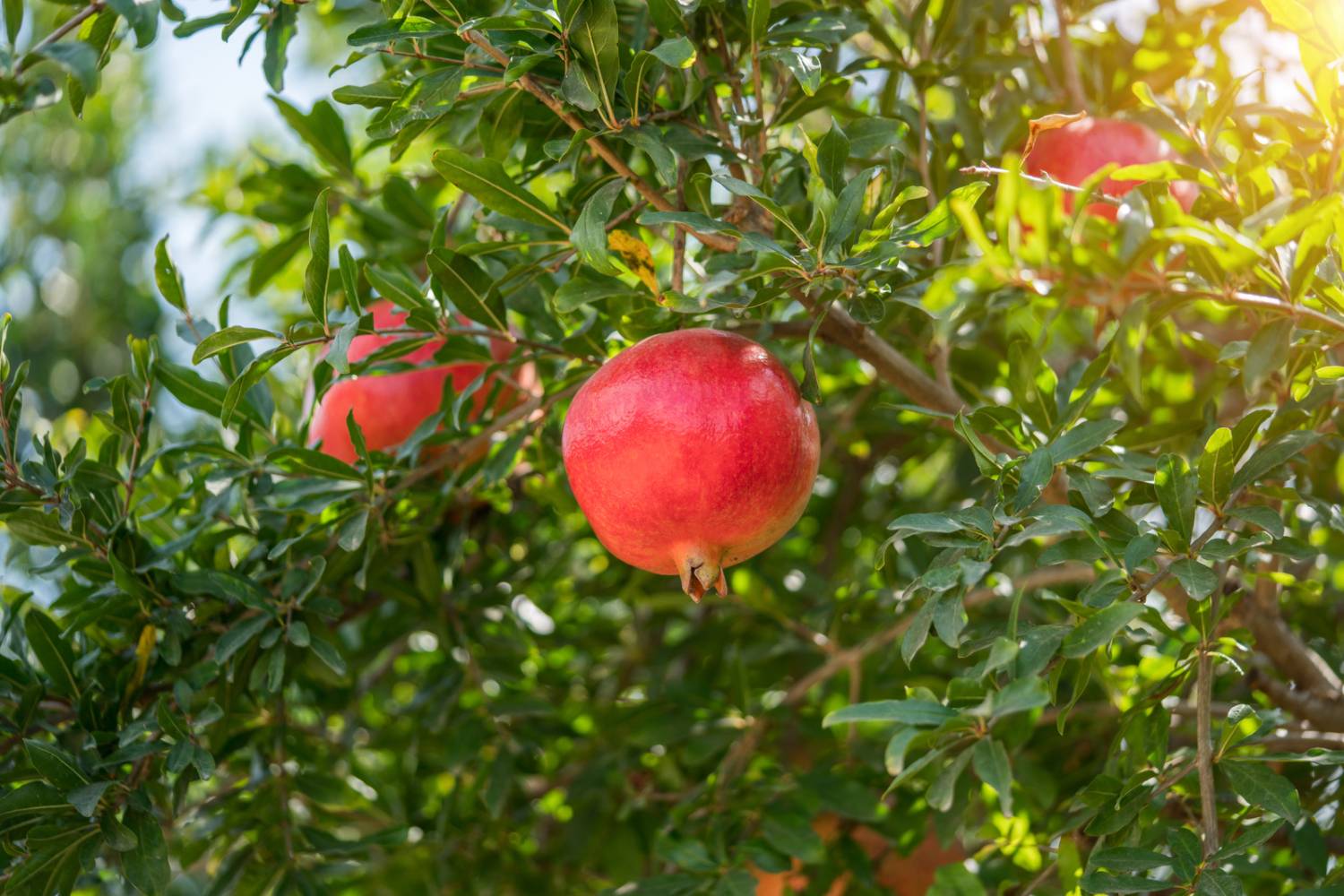
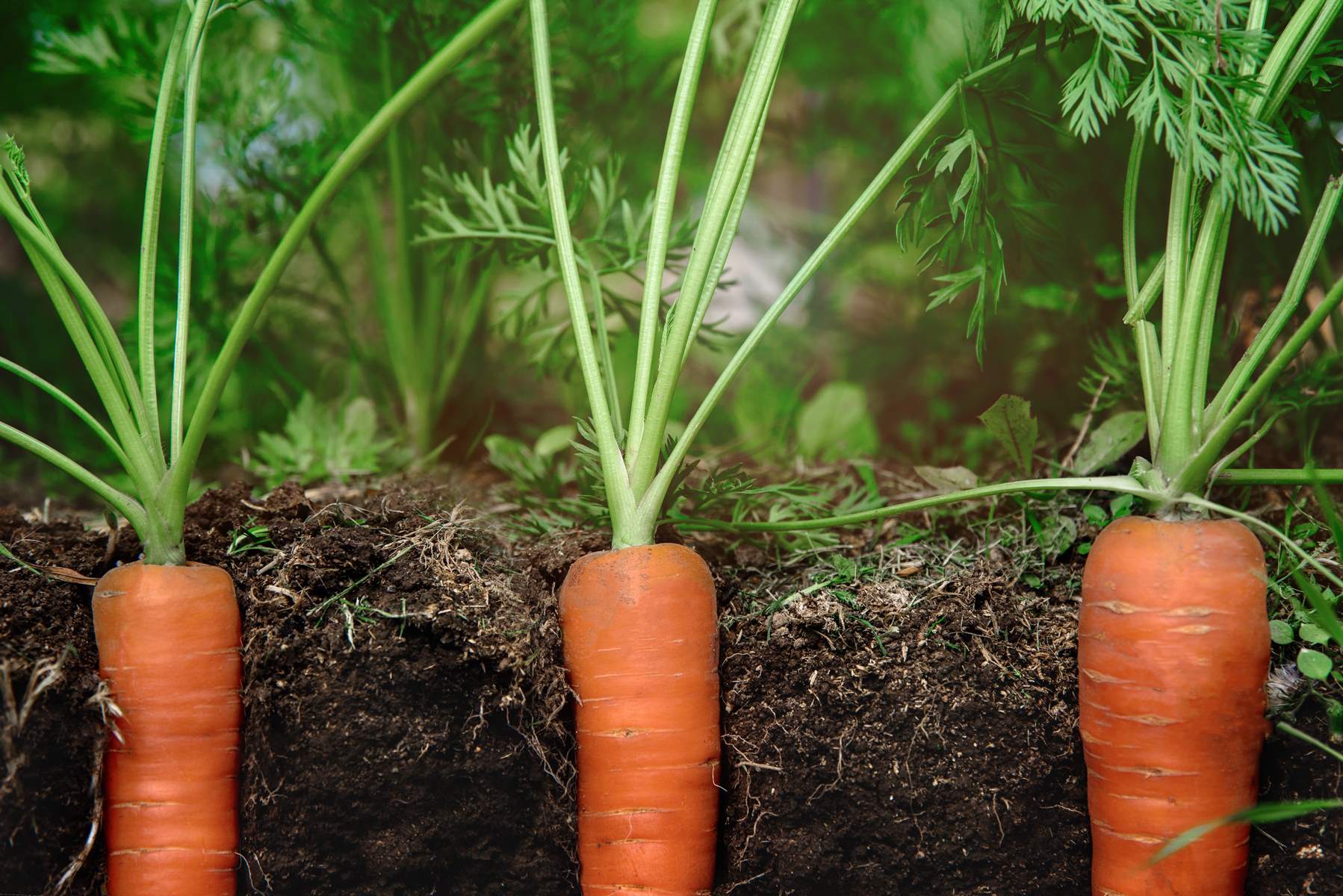
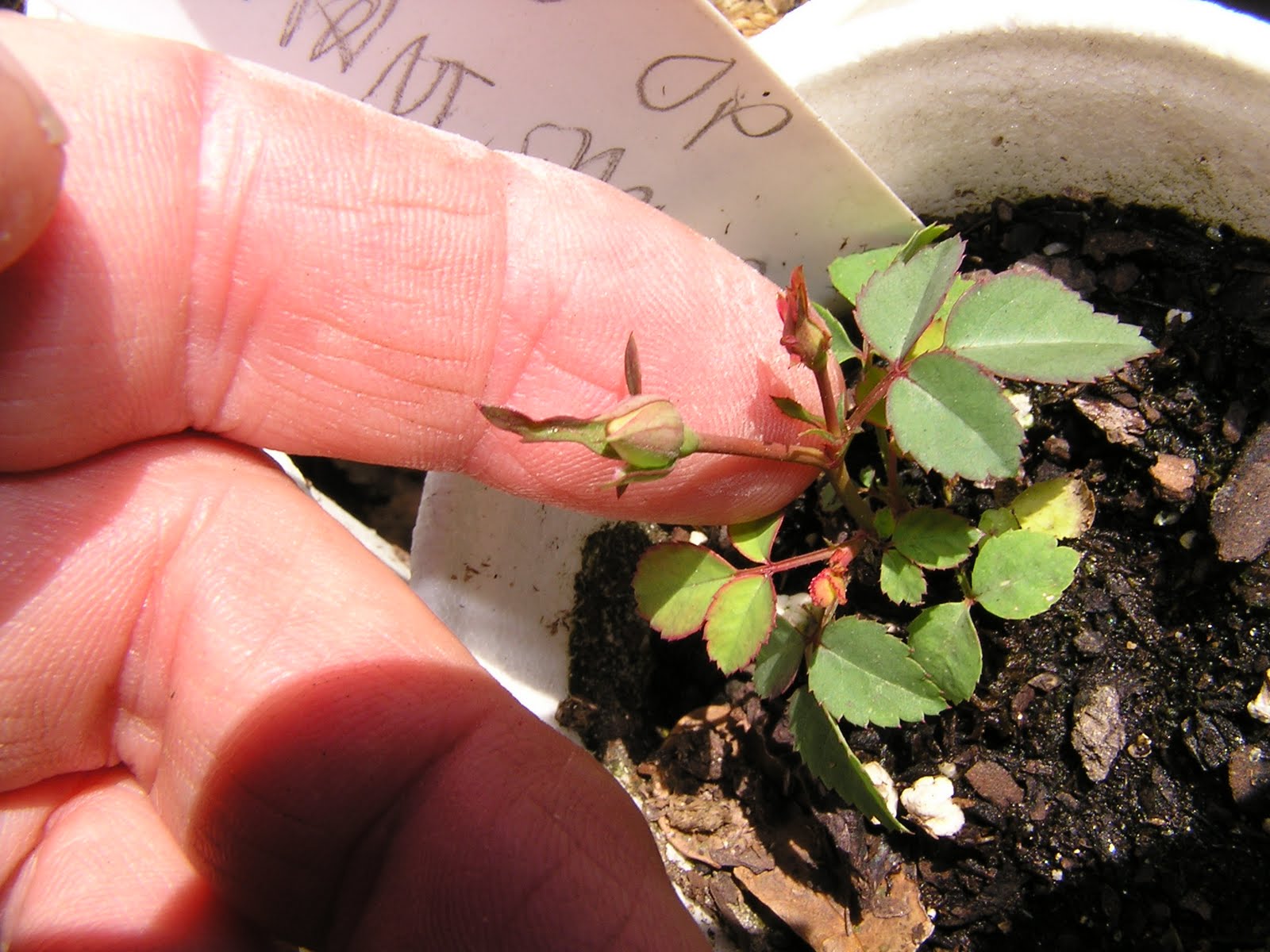
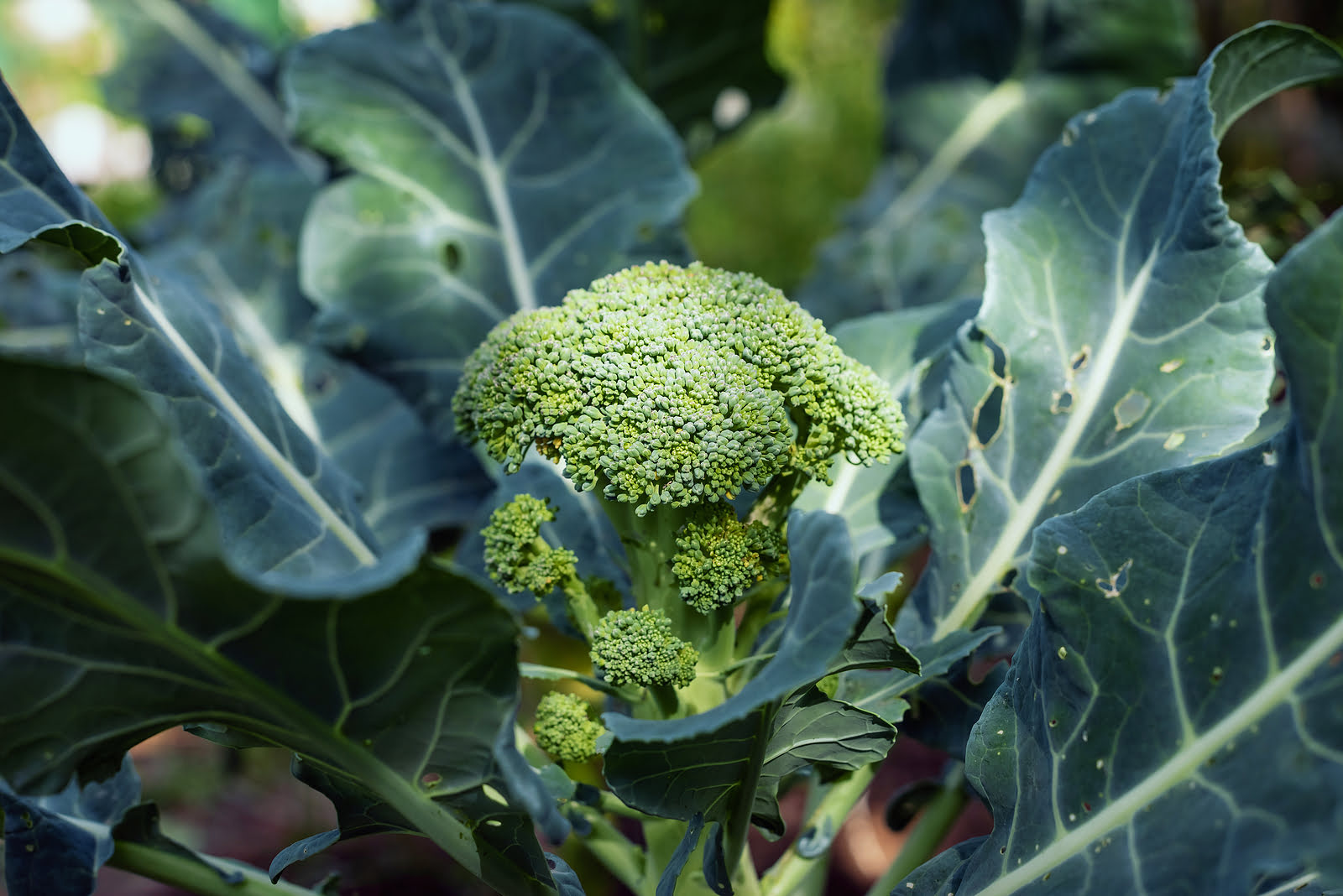

0 thoughts on “How Long Does It Take For Lettuce To Grow From Seed”